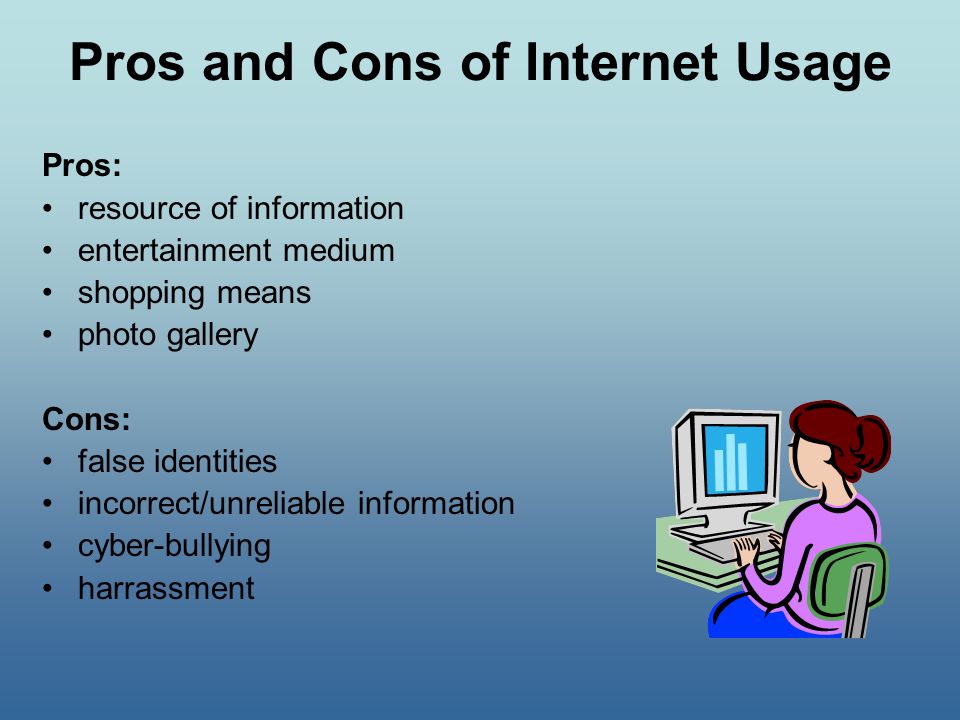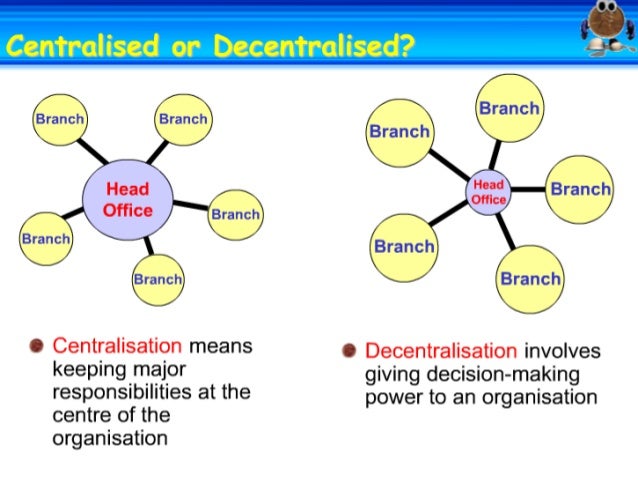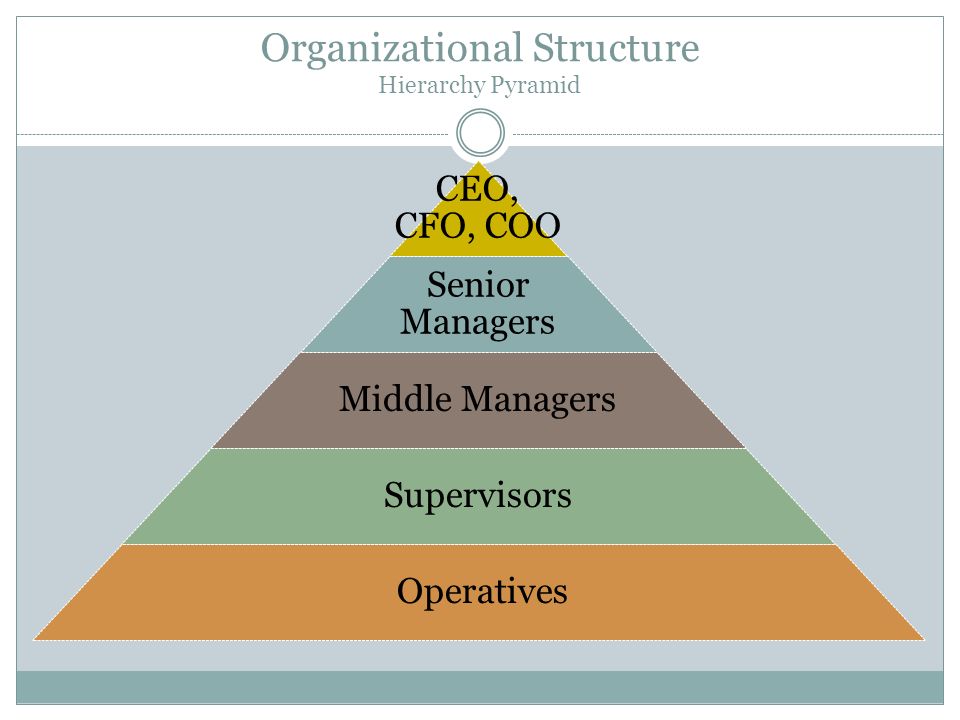Types of Reference Materials
1. Dictionary & Thesaurus
- list of words and their meanings
- spelling of words
- pronunciation of words
- abbreviation of words
A thesaurus provides a list of alternative meanings (synonyms) for various words, as well as opposite meanings (antonyms).
2. Telephone Directory
- telephone numbers of subscribers in alphabetical order
- names
- addresses
- Yellow Pages (list of businesses-classified and in alphabetical order)
3. Internet
- www: world wide web commonly known as the web
- enables you to find a lot of information
- has search engines like Google, Yahaoo! or Bing
- has official sites like government sites
- be wary of Wikipedia and blogs written by individuals
- Avoid technical websites and scholarly papers that have info you do not understand

4. Hansard: provides a daily and weekly verbatim report of parliamentary proceedings
5. Official Gazette is a government publication; produced weekly/monthly; includes info like Acts of Parliament, government notices, public appointments and lists of bankruptcies.
6. Maps are also a source of reference material.
7. Trade Journals: specialist magazines published at regular intervals and aimed at a particular profession or trade. One can find job vacancies, articles, features, classified section
8. Post Office Guide: provides info on post offices' regulations services, opening and closing times
9. Schedules/Timetables: provide a list of planned events chronologically. They are used by airline and ferry operators (transport companies).
Business Structure
Centralised Structure
Management makes most decisions and pass down instructions to other staff.

Decentralised Structure
Staff are involved more in decision making. This is the opposite of centralised structure, e.g.
a) Pyramid structure shows an organisation that has progressively more people at each lower level. Strategic decisions will be made by staff lower down the pyramid.


b) Matrix structure is often found in organisations that deal with special 'one-off' projects. These companies may be working on several projects at once, such as building a hotel, sports facility or shopping centre in different Caribbean territories. The project team works on a project until it is complete. it is then disbanded and a new team is formed to work on a new project.
c) Independent structure exists when individuals can make their own decisions about their operations, even if they work as part of a larger enterprise.

No comments:
Post a Comment